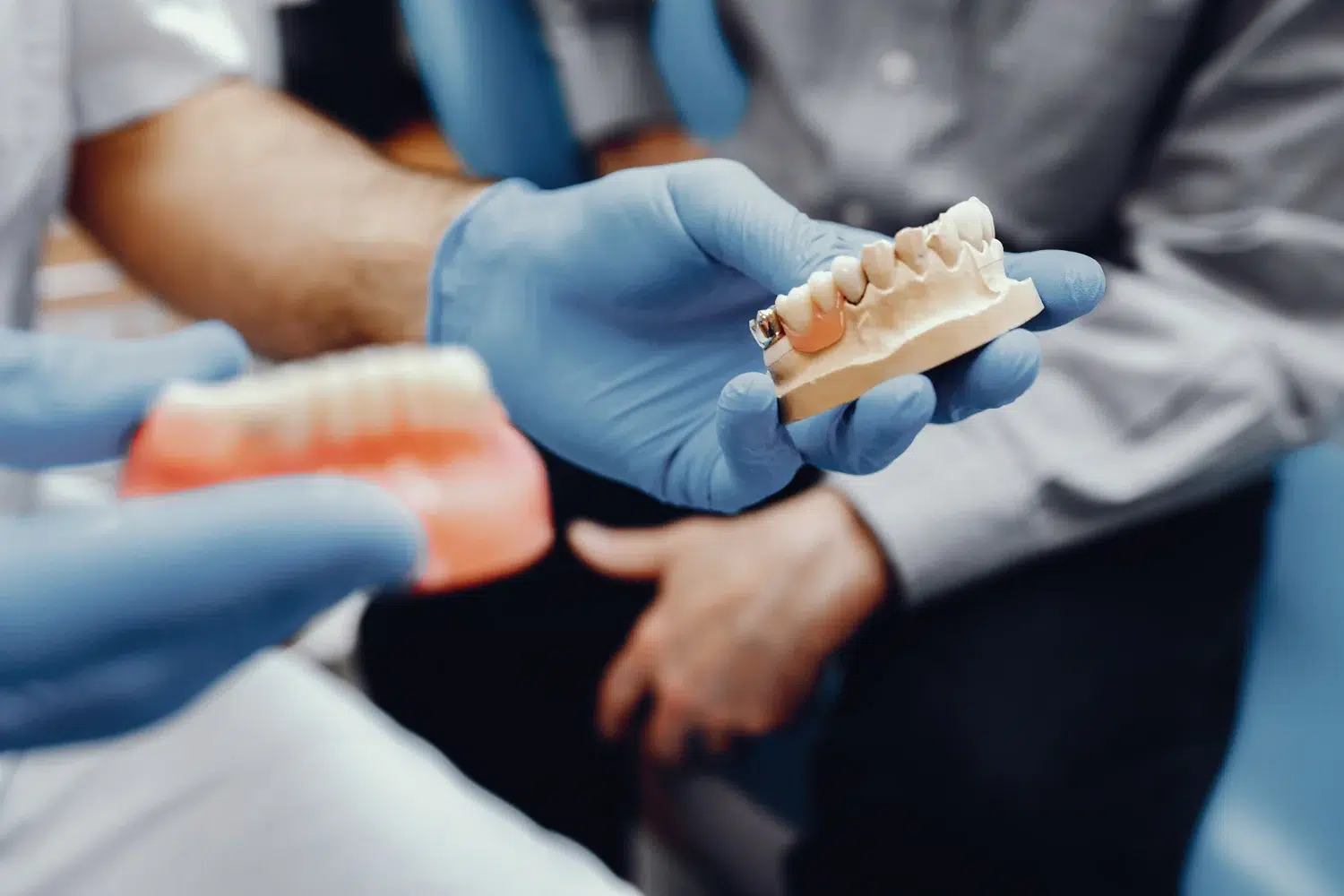If you are someone on the verge of getting dental implants, then you have come to the right
place. Bone grafting is an essential component of dental implants and since it plays a pivotal
role, it is important to develop a sound understanding. Through this piece, we aim to educate
you about bone grafting so that you can make a decision that best serves your interests.
Let’s get started…
The Importance of Bone Grafting:
For a dental implant placement to be a success ,it is crucial to have a strong foundation. And,
bone grafting offers exactly the same!
Bone grafting is a surgical procedure that is specifically designed to provide the jawbone with
the due strength to be able to hold a dental implant. In essence, it transports bone tissue from one
area to another, typically the jawbone. This procedure is helpful when a patient does not have
sufficient density to support a dental implant.
Types of Bone Grafts:
There are several types of bone grafts used in dental implant procedures and each comes with
its own set of traits and benefits. Let’s take a look at them:
● Autografts: This involves harvesting bone tissue from the patient’s own body, usually
from the hip or chin. It comes with less risk and lower chance of rejection since it is
coming from your own body.
● Allografts: This involves obtaining bone tissue from a tissue bank. Although
non-invasive, it comes with a slight chance of rejection since it is not taken from the
patient’s own body.
● Xenografts: The bone tissue is gathered from animal sources. However, it comes with a
chance of disease transmission.
● Synthetic Grafts: These are man-made materials designed to mimic the properties of
natural bone.
The Bone Grafting Procedure:
Here is a step-by-step breakdown of the entire procedure for you:
● Consultation: The procedure starts with a thorough examination of your oral health.
During the consultation, the specifics of the procedure are discussed and all the queries
that the patients might have are answered.
● Harvesting: If using autografts, bone tissue is derived from the body. Otherwise, the
selected graft material will be crafted.
● Placement: The graft material is placed and secured into the deficient area of the
jawbone.
● Healing: Over time, the graft material then integrates with the surrounding bone tissue,
thereby encouraging new bone growth.
Recovery Phase:
First things first, it is absolutely natural to feel some level of discomfort and swelling around the
surgical site after the procedure. Having said that, it is very much manageable, given that you
stick to the painkillers prescribed by your dentist. As for the recovery, the duration varies as it is
dependent on the type and location of the graft.
A rough estimate of the recovery period can range from several weeks to several months.
Does The Procedure Come With Risks?
Bone grafting is generally deemed as a very safe procedure in the dental world. However, like
any other dental procedure, there are some complications that may arise with bone grafting.
This can include infection, bleeding, graft rejection, or, nerve damage, and incomplete fusion. It
is important that before undergoing the procedure, a patient takes a session with their dentist to
discuss any associated risk.
Conclusion:
To sum up, bone grafting provides the necessary base for dental implant treatments to turn out a
success. While it is true that recovery encompasses some level of discomfort, the long-term
advantages, however, outweigh any temporary challenges like these. Speaking of this, it is
recommended to sit and discuss with your dentist regarding any potential risks for an effective
outcome.
Our expert medical representatives at Vitrin Clinic stand ready and well-equipped to guide you
every step of the way of your journey to a perfect smile. All you need to do is book your free
consultation with us and allow us to take charge of your dental well-being.
FAQ
Why are autografts preferred over other types of bone grafts?
Since Autografts are taken from a patient’s own body, the risk of rejection and disease
transmission is eliminated. Not only this, but they also assimilate well with the natural bone.
How soon can we install dental implants after a bone grafting procedure?
It depends on how much time a patient’s healing and bone regeneration takes. In some cases,
dental implants can be placed right away. On the other hand, a healing period is required before
dental implants are installed.
What are dietary limitations following a bone grafting procedure?
Our dentist may instruct you to avoid consuming hard or crunchy foods as it can impact the
surgical site. Instead, consume a lot of fluids and a softer diet for a smooth recovery.


